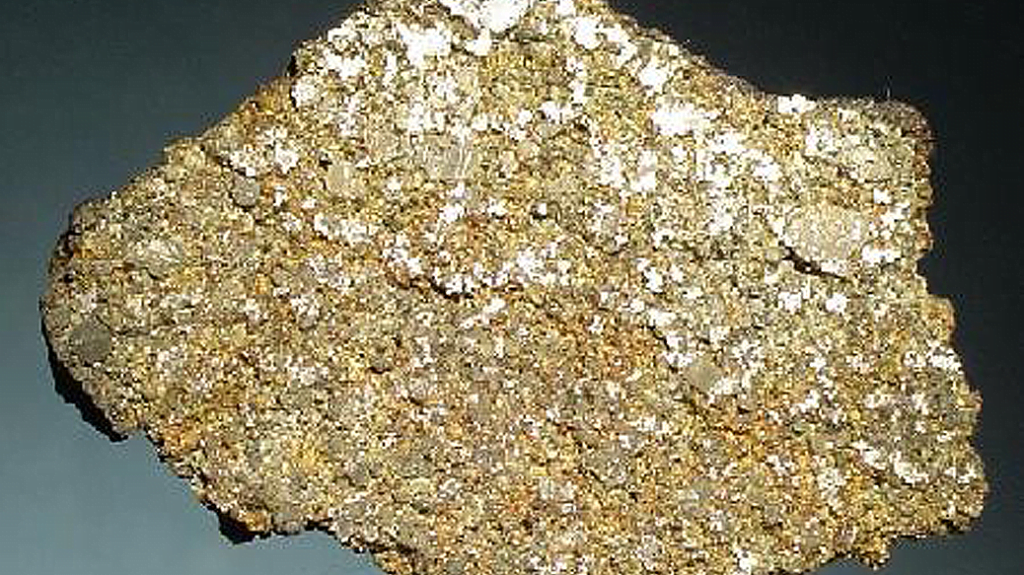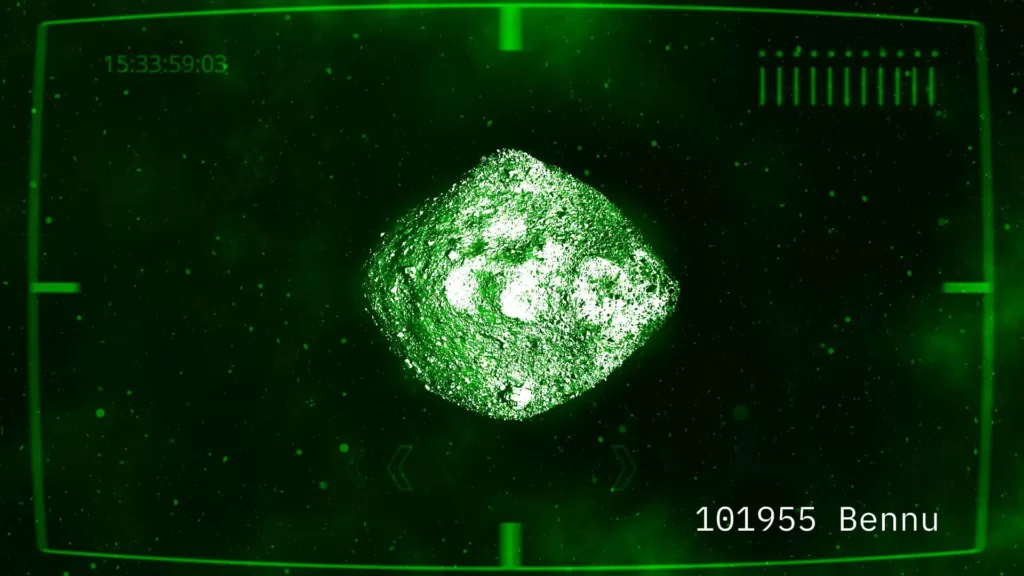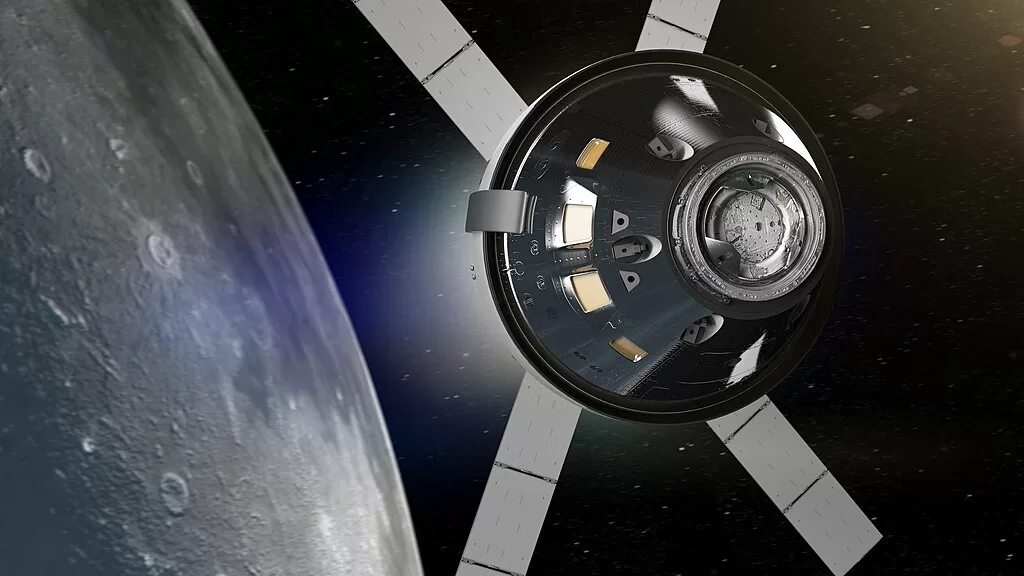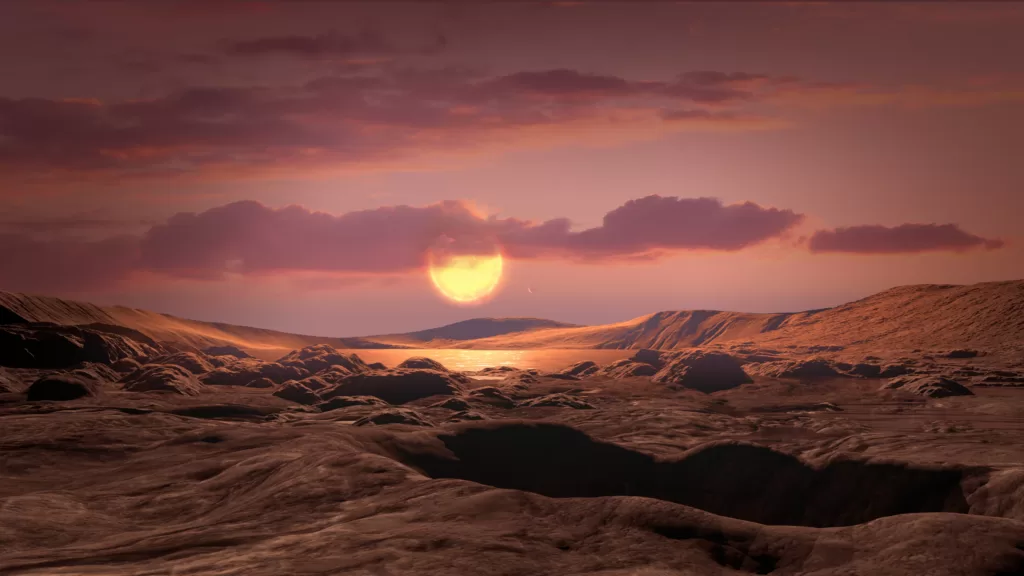Meteorites could show us the perfect chemical models we need to end the natural resource crisis — but we don’t have to leave Earth to mine them.
 Tetrataenite , an iron-nickel alloy found only in meteorites, is a replacement for rare-earth minerals used in permanent magnets. : Robert M. Lavinsky, Wikimedia Commons CC BY-SA 3.0 https://creativecommons.org/licenses/by-sa/3.0/?ref=openverse
Tetrataenite , an iron-nickel alloy found only in meteorites, is a replacement for rare-earth minerals used in permanent magnets. : Robert M. Lavinsky, Wikimedia Commons CC BY-SA 3.0 https://creativecommons.org/licenses/by-sa/3.0/?ref=openverse
Meteorites could show us the perfect chemical models we need to end the natural resource crisis — but we don’t have to leave Earth to mine them.
The world’s fascination with asteroids knows no bounds, from ongoing interest in space travel to some cultures putting meteorites in shrines. In 2022, the auction house Christie’s landed a record-breaking price of around USD$189,000 for a meteorite that originated from the Moon.
But meteorites are also abundant, with resources worth billions of dollars, and there is plenty of material hiding in plain sight on Earth for those who know where to look.
Nearly 40,000 tonnes of meteoritic chunks and dust fall to Earth each year. They land in oceans and on land, are more visible in desolate regions of Antarctica, Siberia, the Sahara, the Canadian Steppes and the Australian outback.
The true commercial value of fallen meteorites is yet to be realised, but some projections slate the global market for space mining to grow to USD$1.99 billion by 2027.
Graphene, a material China identified as a top national priority and which the European Union invested EUR$1 billion (USD$1.07 billion) in developing, has been found in two meteorites: one that fell in Allende, Mexico, and the other in the Queen Alexandra Range of Antarctica.
Graphene, a form of carbon made up of a single layer of atoms, has high conductivity and super strength and is seen as a wonder material with a huge range of applications.
Tetrataenite — an iron-nickel alloy found only in meteorites — is being touted as a replacement for rare earth minerals used in permanent magnets, a product used in car manufacturing, computing and many other everyday items.
Not every meteorite holds materials as valuable as graphene or tetrataenite. But they might offer the perfect mineralogical and chemical models of what needs to be replicated on Earth to help resolve our most pressing demand for critical minerals.
However, mining asteroids or the Moon is not easy given that we have not prospected any lunar zone suitable for mining commercial quantities. Also, the commerce of extraterrestrial mining, removal of gangue, and returning the ore to Earth is enormously higher than present-day sample return missions.
It seems more ergonomic and economical to extract from meteoritic material back on Earth instead of sending humans into space to extract ores.
Eventually, humans are likely to routinely extract resources from extraterrestrial bodies in order to sustain a presence on bases away from Earth, such as on asteroids, when we develop the capacity.
That capacity is still a way off. NASA’s many missions to asteroids or comets — Stardust, OSIRIS-REx, JAXA (twice), Hayabusa-1 and Hayabusa2 — have each returned with less than 10 grams of extraterrestrial samples.
For the short term, space mining remains unaffordable, unless these missions yield a magical ‘’hardtofindium”, the mythical substance that fuelled a battle suit in a Green Lantern spin-off. In the real world, it would take a substance so valuable that a few micrograms could fetch billions to make space mining feasible.
Experts forecast a golden era of space exploration. The words are laced with optimism but until we develop the capacity, that optimism is a little unrealistic.
Asteroid mining will happen — perhaps it has always happened, if American meteoriticist Harvey Nininger’s studies count — but the modern narrative has made us miss more realistic solutions.
Any notion that the natural resource needs of humans can only be met by mining asteroids or the Moon is misplaced.
Sustainable Development Goal 12 and initiatives such as India’s Lifestyle for Sustainable Environment advocate responsible consumption and production.
Solutions to the increasing terrestrial demand for water and minerals can be found in our backyard. The cosmos is ready to help if we are prepared to peer into meteorites we can already find on Earth.
Chaitanya Giri is Associate Professor of Environmental Sciences at FLAME University. He is a consultant at the Research and Information System for Developing Countries, New Delhi, India, and an affiliate scientist at the Earth-Life Science Institute, Tokyo Institute of Technology, Japan. He sits on the Advisory Board of the Satcom Industry Association-India and is a Member of the NITI Aayog Committee on Space Economy.
Originally published under Creative Commons by 360info™.










